Arrowquip Blog
Insights, stories, and updates from the world of cattle handling.

Why Do Cows Have Spots?
Many studies and theories exist, from science to folklore, but the truth is nobody knows for sure. Let’s explore some of the most popular cow spot theories.

Keeping Cattle Safe During Thunder Storms
Cattle are vulnerable in thunderstorms, often standing as the tallest point and risking lightning strikes. Loud thunder can also scare the herd, causing panic and potential injuries.

6 Things You Didn't Know About Cows
Cattle represent a large portion of our livelihoods, but many people don't think about what exactly makes these beasts unique.
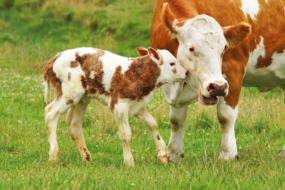
Guide to Grass-Fed Cattle
Considering switching to grass-feeding your cattle? Arrowquip can help with humane chutes, better handling systems, and tools to make more effective use of your pasture.
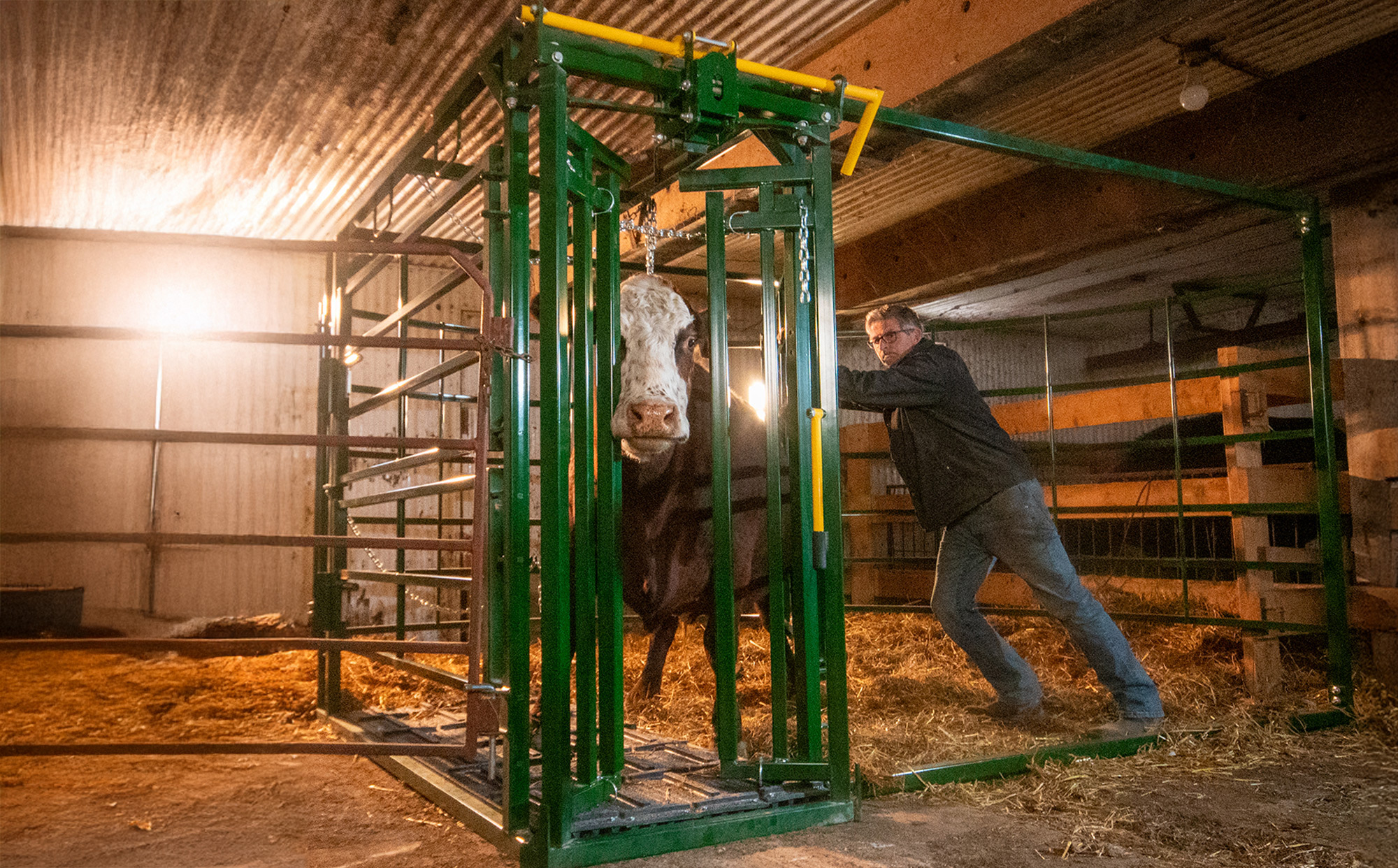
8 Important Things to Look For in Your Cattle Maternity Pen
Discover the 8 most important features of a safe, low-stress cattle maternity pen, from access and privacy to biosecurity and calving supplies, so you’re prepared for any calving situation.
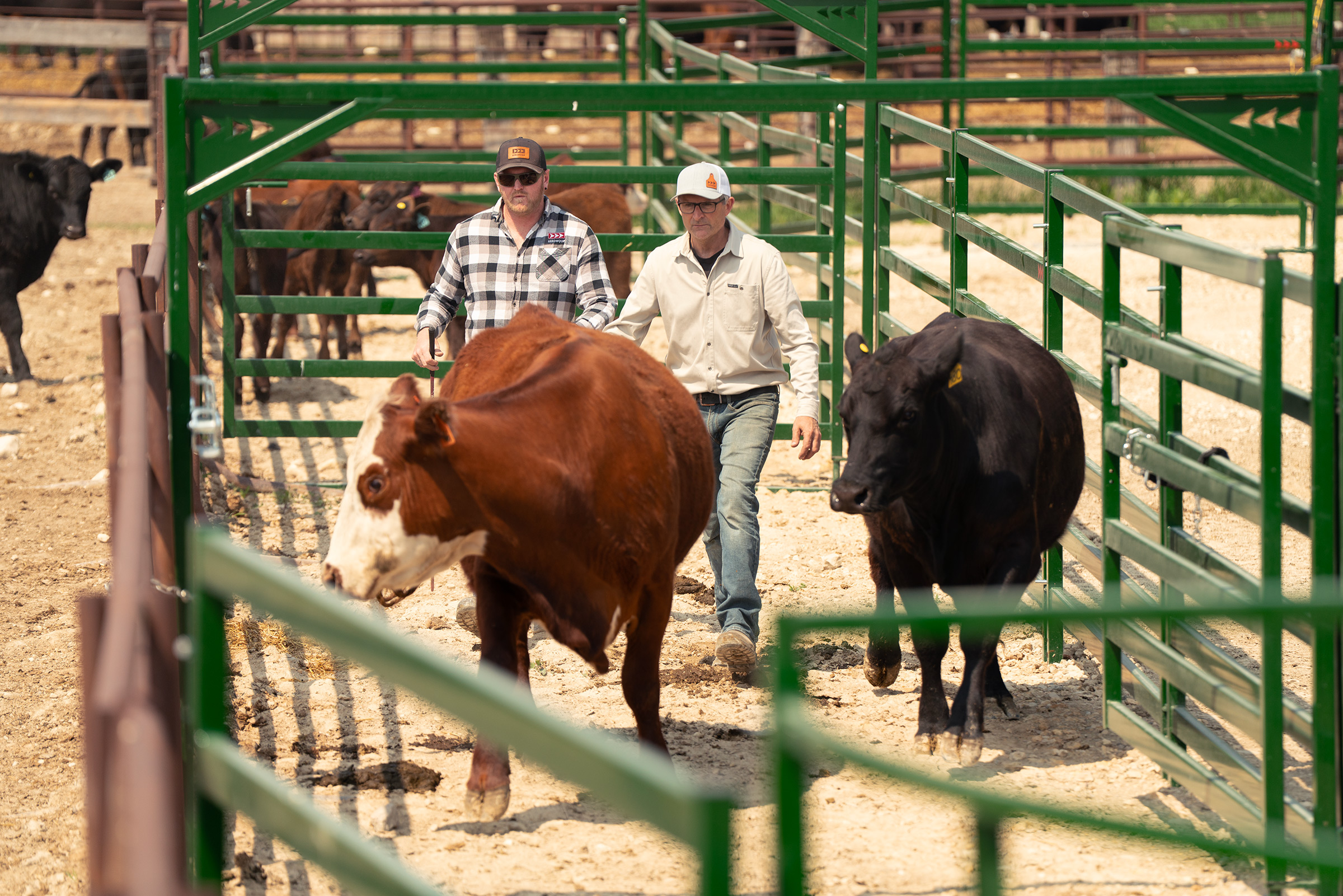
The 6 Costly Cattle Handling Mistakes Most Ranchers Don’t Realize They’re Making
Discover the 6 costly cattle handling mistakes most ranchers don’t realize they’re making, and simple low-stress fixes that improve cattle flow, safety, and herd health.
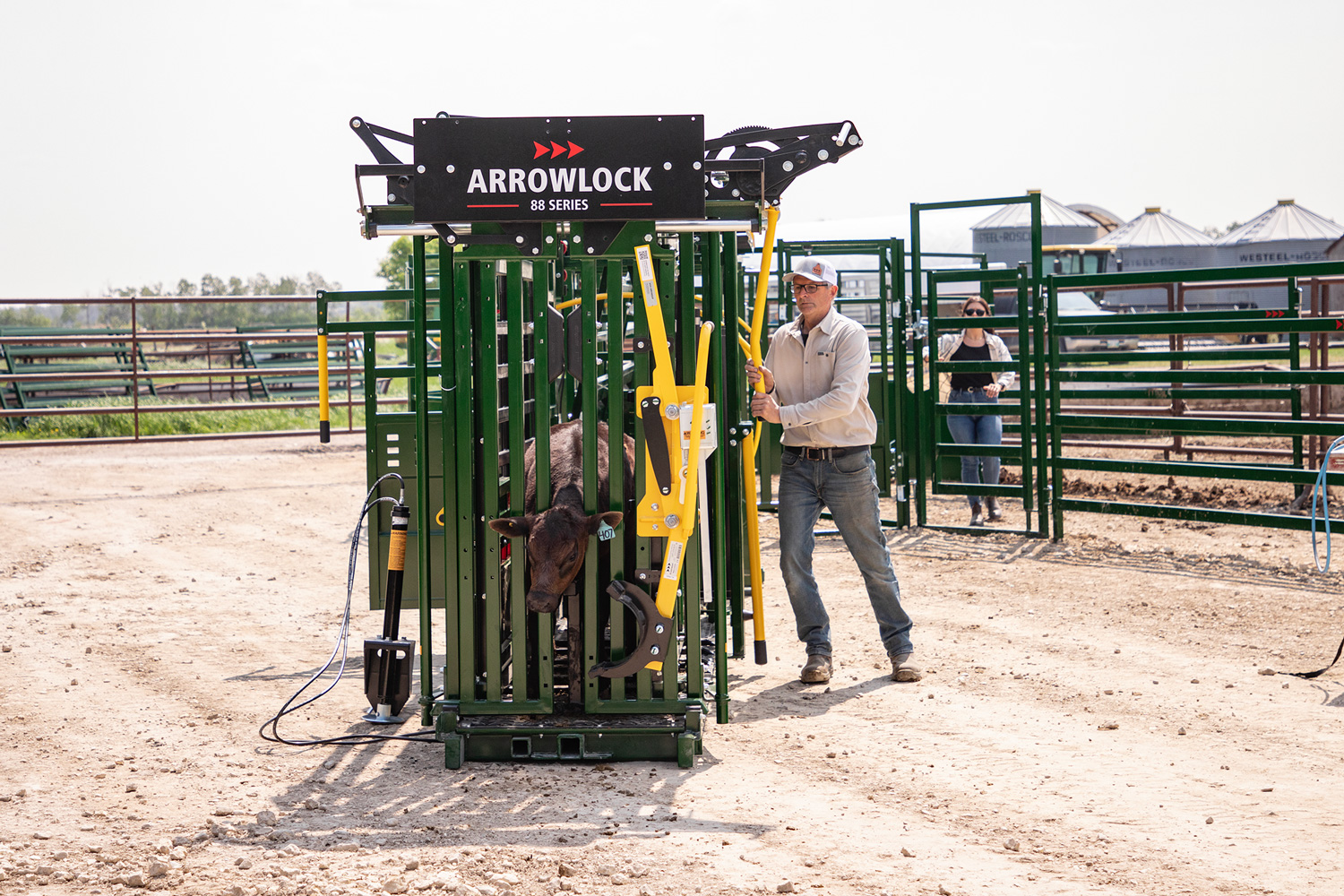
The Evolution of Cattle Head Gates
Cattle head gates have evolved from simple posts to modern designs built for safety, low-stress handling, and better control. Learn how today’s head gates improve cattle flow and handler efficiency.

The Top Calving Pen Design Mistake (And How to Fix It Fast)
A corner-free calving pen reduces stress, improves cattle flow, and keeps handlers safer. Learn how design changes can prevent injuries, support low-stress calving, and improve overall pen efficiency.
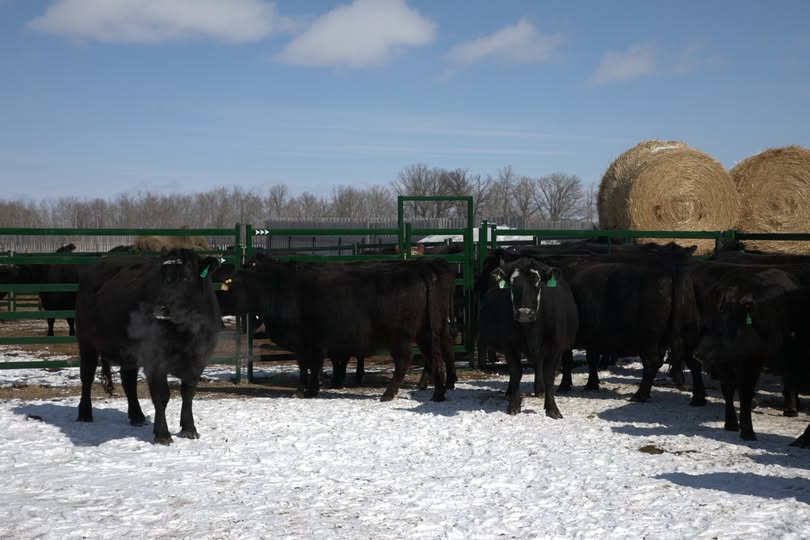
Top Winter Cattle Handling Tips for Cold-Weather Safety
Learn how to handle cattle safely in winter with tips on hydration, shelter, cattle equipment maintenance, and low-stress handling to keep your herd calm and your crew safe.
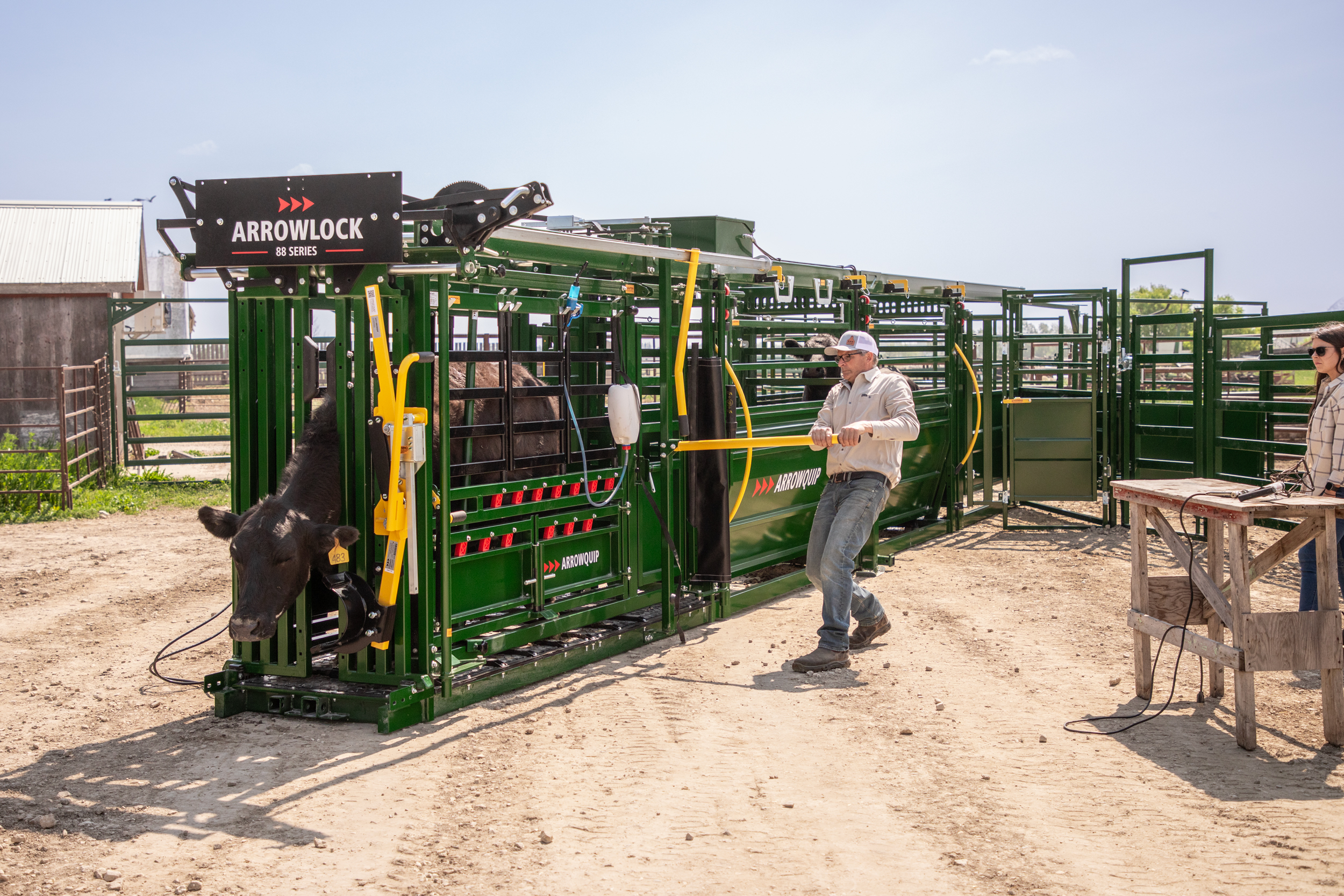
10 Reasons Why You Need a Proper Cattle Chute
Discover 10 key reasons a proper cattle chute improves safety, efficiency, and animal welfare for today’s ranchers. Built for calm, low-stress cattle handling.
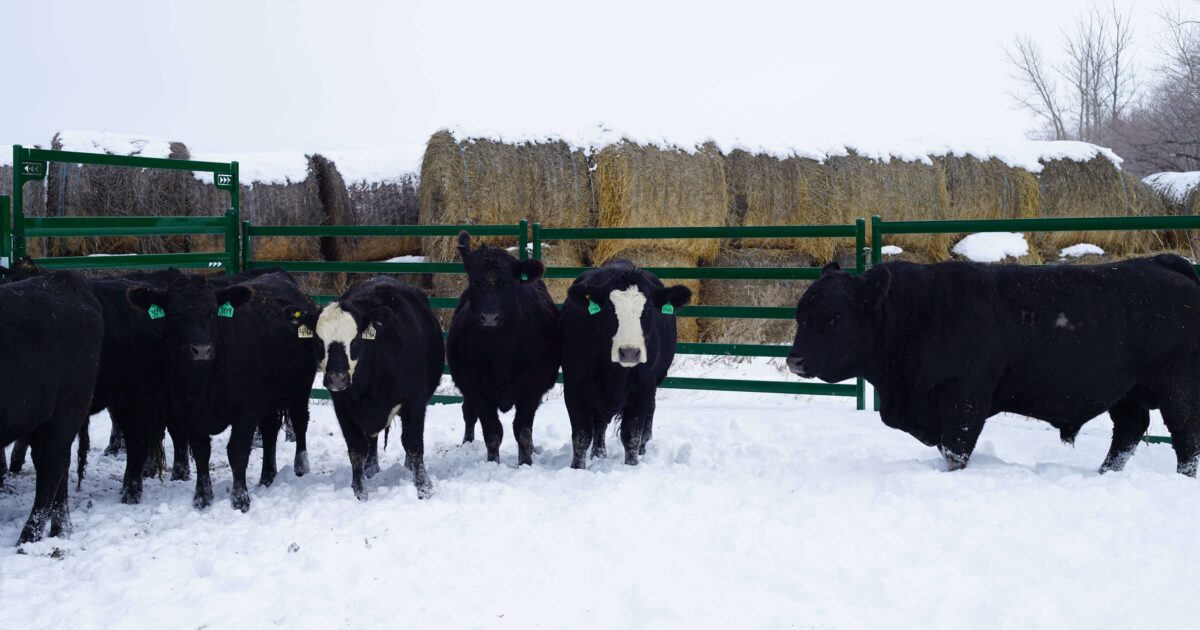
Preparing the Ranch for the Winter Months
Get your ranch winter-ready with these steps to prepare your cattle and operation. From feed prep to equipment checks, getting ahead keeps your herd safe and chores manageable through cold months.
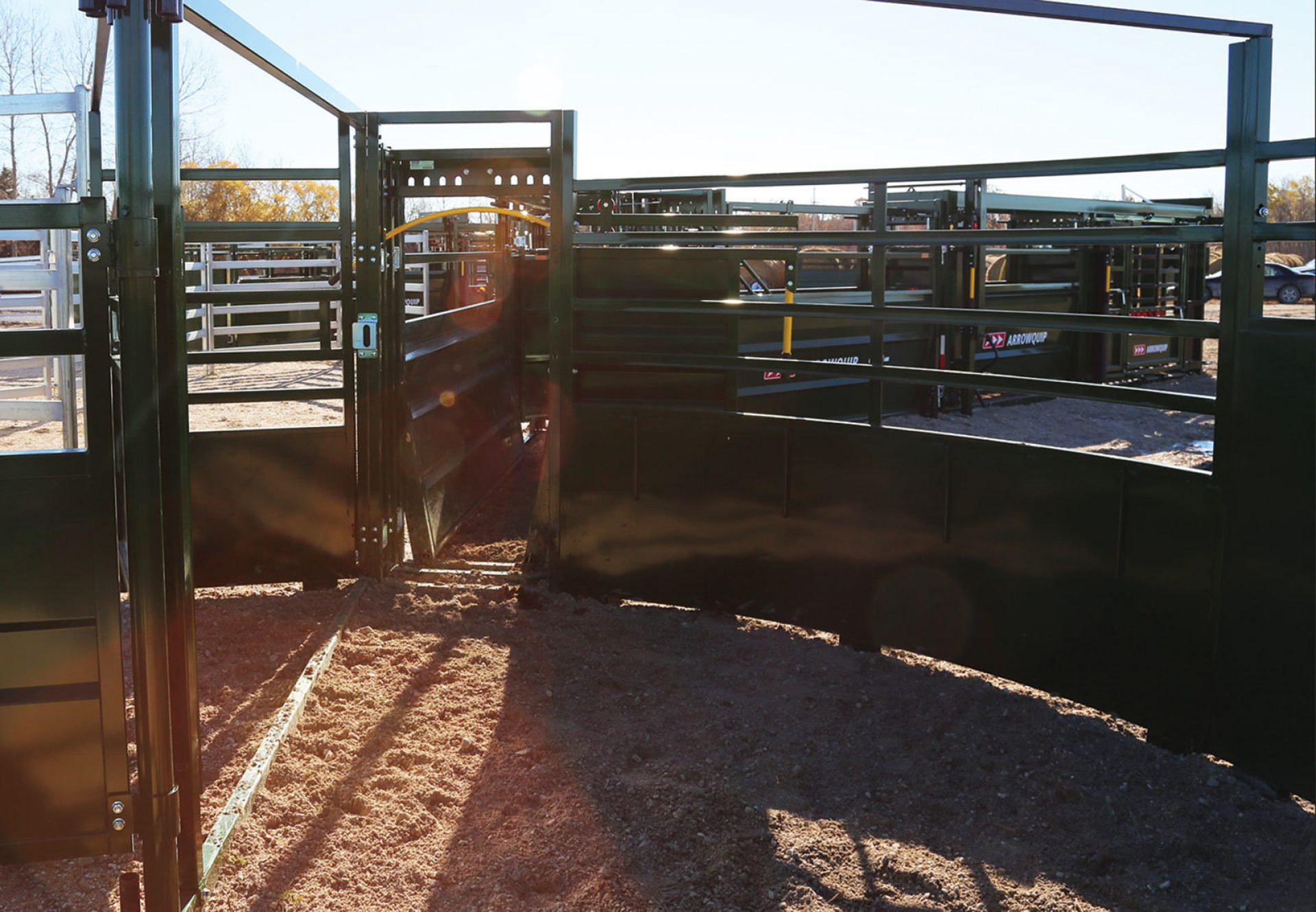
The 3E Cattle Handling System
Arrowquip’s 3E System uses light and cattle psychology to guide movement naturally, creating safer, faster, and low-stress handling for livestock operations.